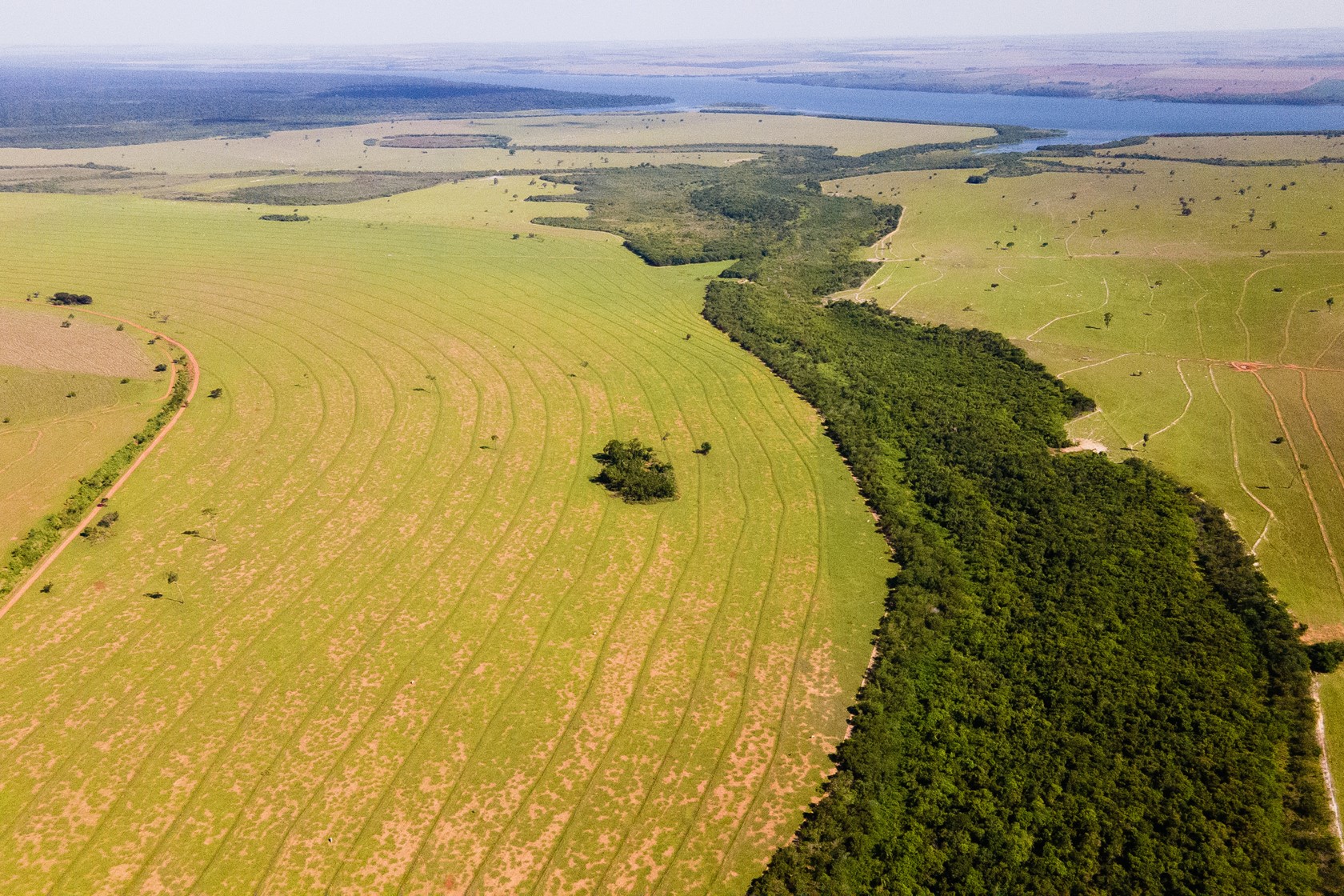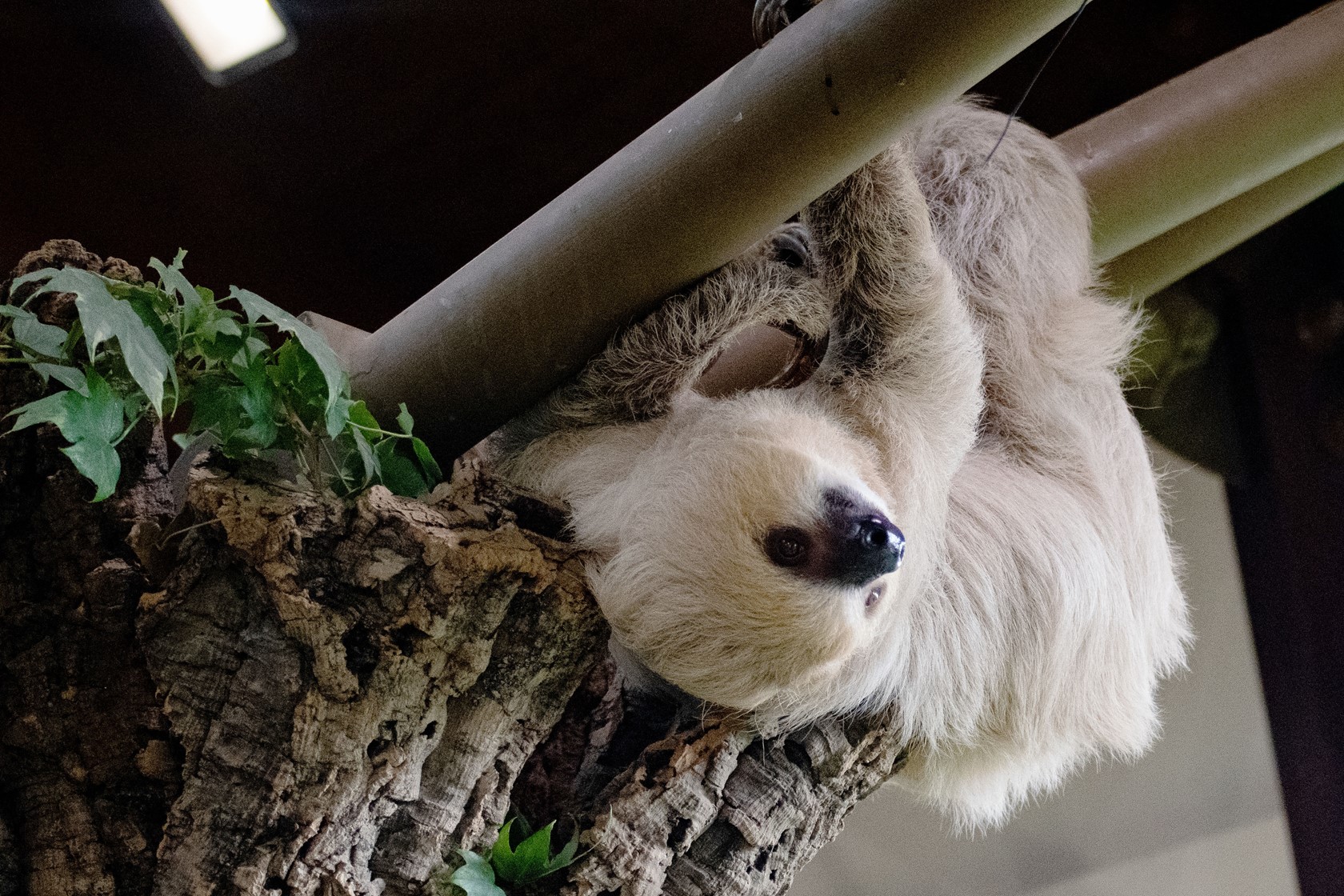Telfair’s skinks, also known as Round Island skinks, were once found across Mauritius and its many offshore islands.
When Gerald Durrell first visited Mauritius in the 1970s, Telfair’s skinks were only surviving on Round Island, one of Mauritius’ offshore islands. In 1976 it was estimated that only about 4000 skinks remained. Durrell’s work with the Telfair’s skink, and the restoration of Round Island, led to a population increase of over 1000% within the last 40 years. Skinks have now been translocated from Round Island to other Mauritian islands.
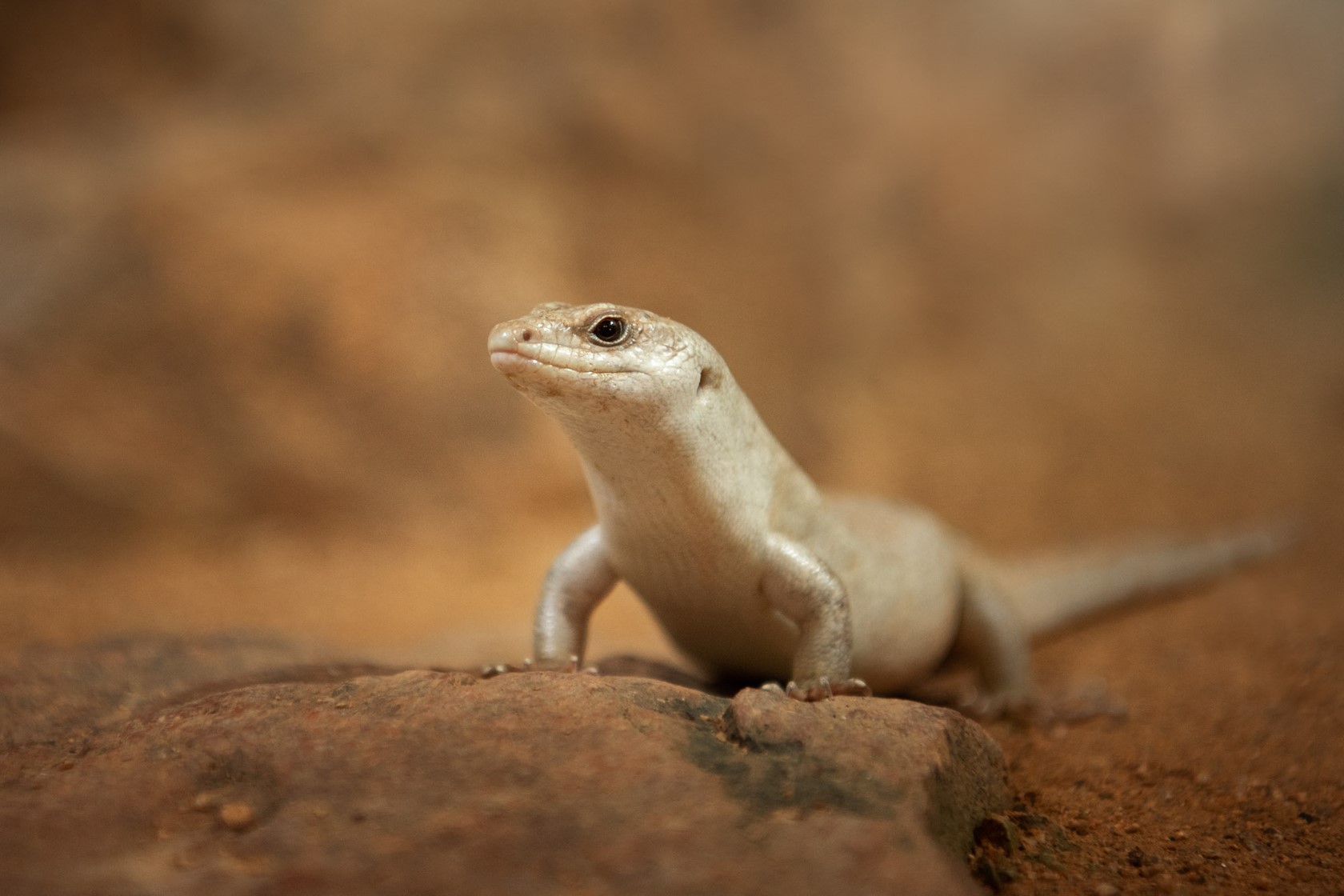
60,000
estimated wild population
2007
skinks first reintroduced on Île aux Aigrettes
1995
removal of invasive species from Round Iisland
Our conservation work
What we're doing to help Telfair's skinks
Support our work

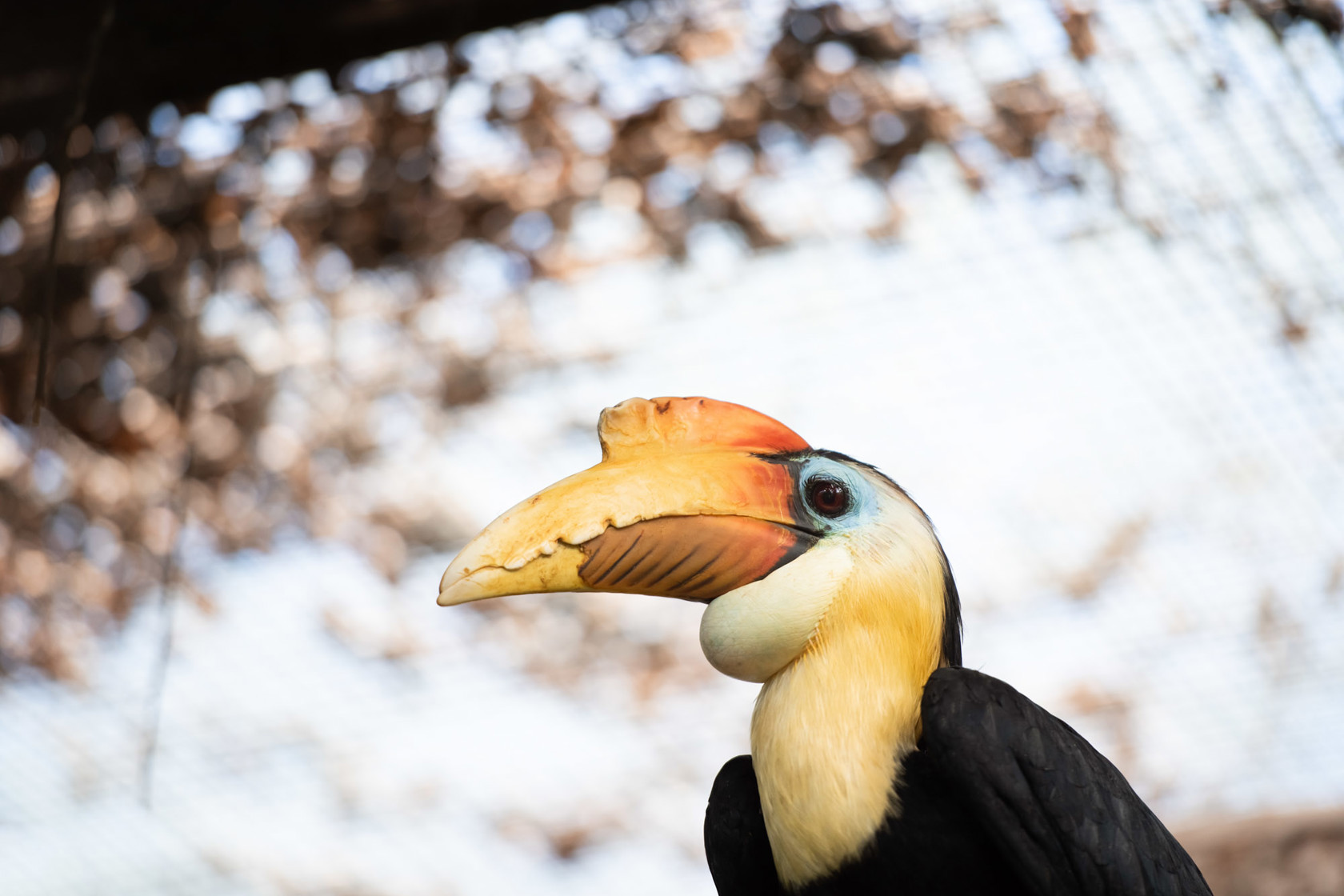
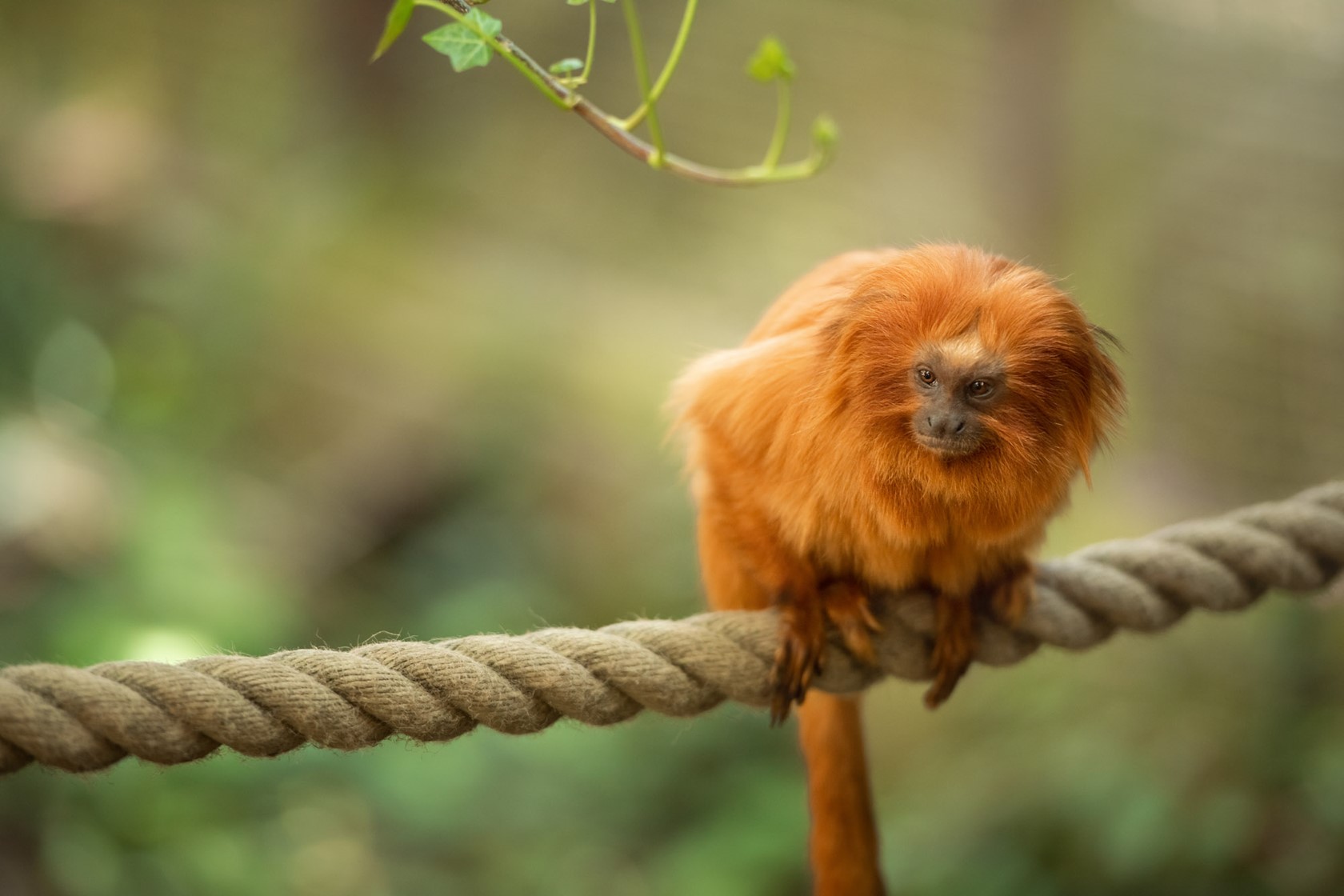
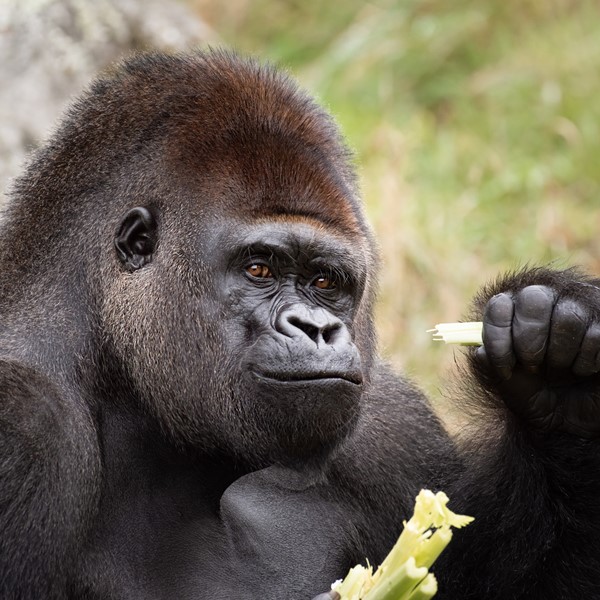 Mammals
Mammals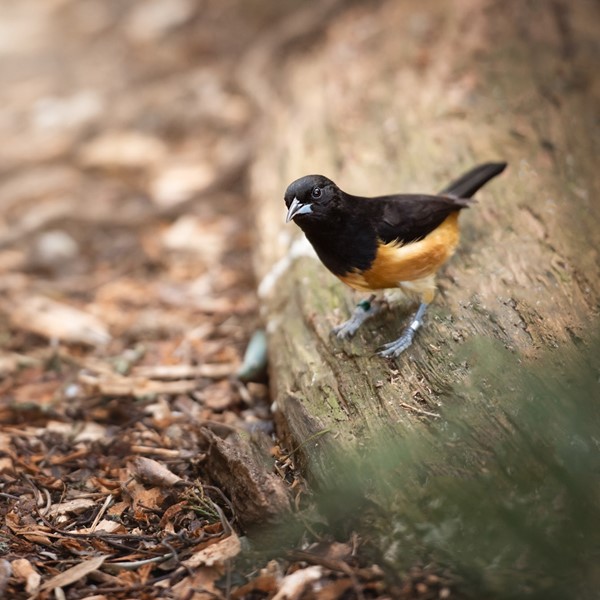 Birds
Birds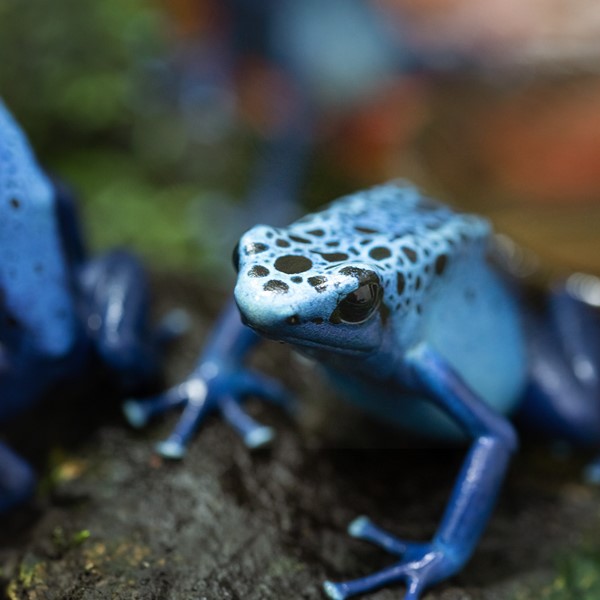 Amphibians
Amphibians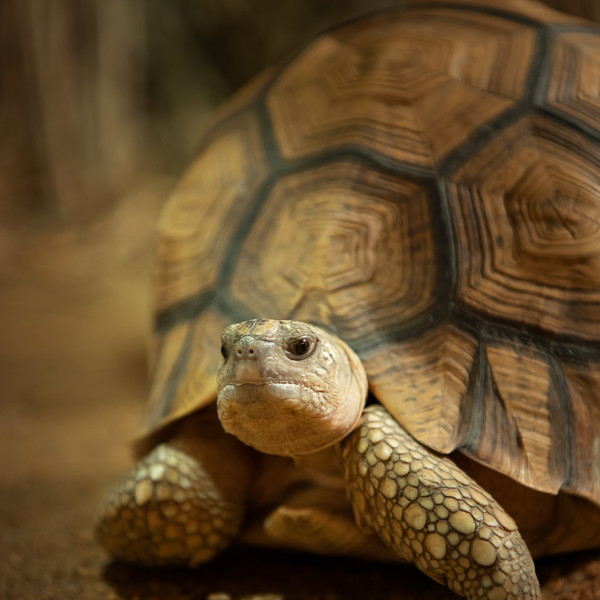 Reptiles
Reptiles